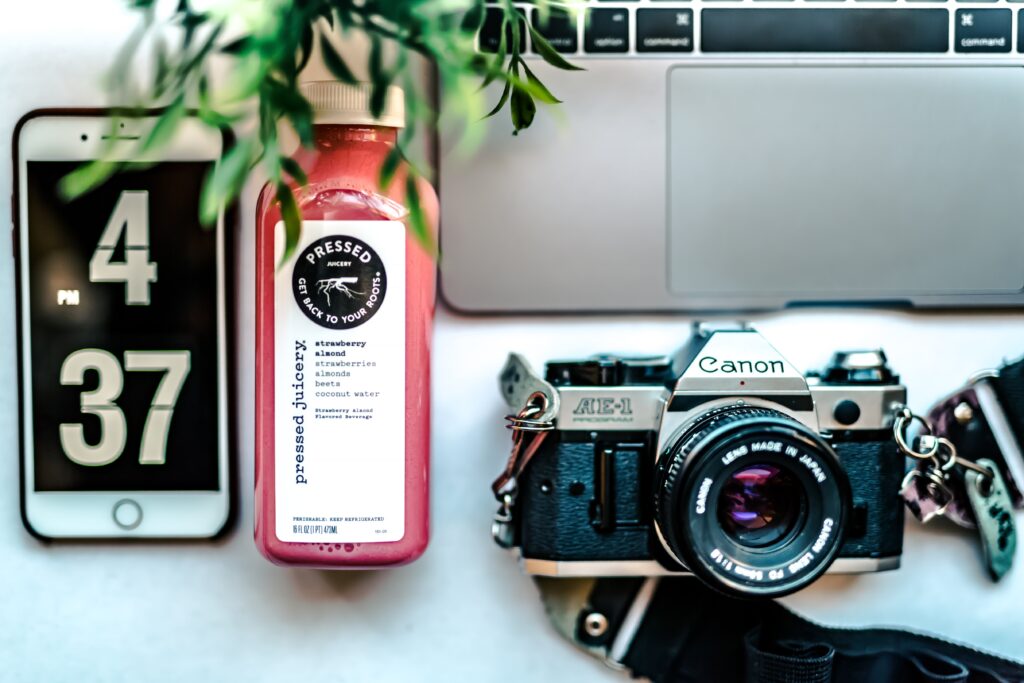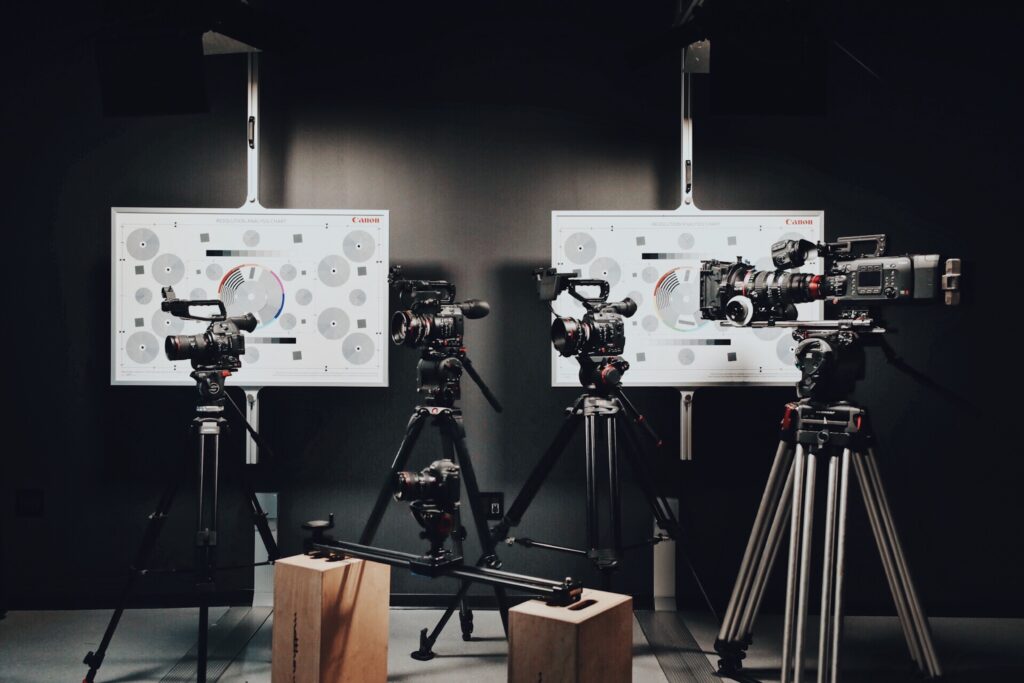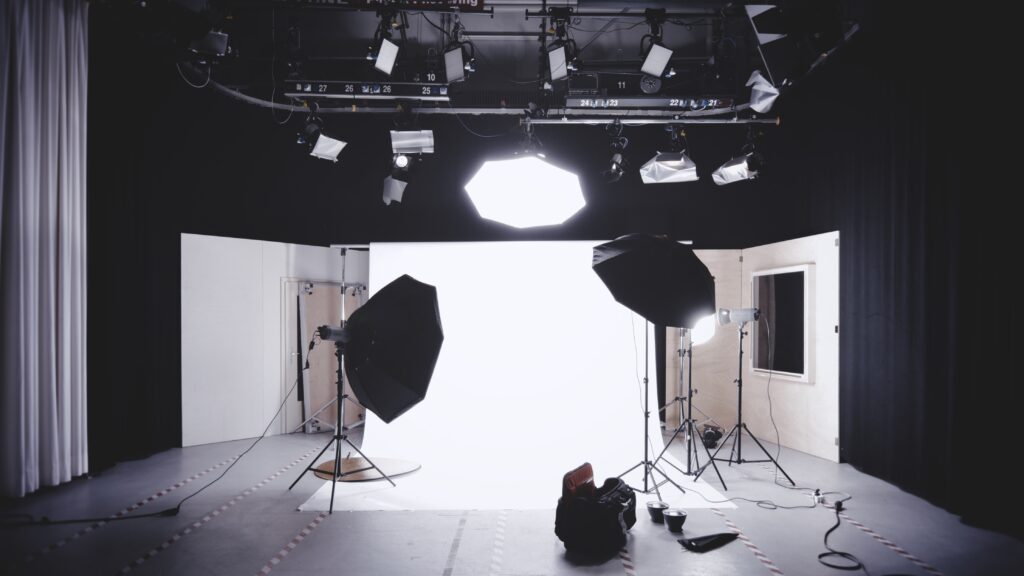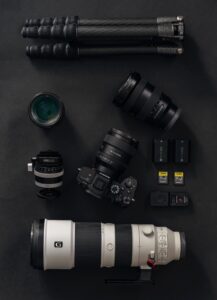

Introduction
Photography for beginners, starting from raw. Photography is a great hobby, and it’s fun to take pictures with your friends. But if you’re just getting started, there are a few things you need to know. This article will help you understand what photography is about and how to get started!
Why take pictures for beginner?
Taking pictures is a great way to capture memories, moments and the world around you. Whether it’s your family or friends having fun together, or an animal that has captured your attention for some reason, taking pictures can help make those moments last forever.
Taking photos also allows us to see beauty in everything around us — whether it’s flowers blooming in bloom or a sunset over city lights at night. And taking pictures helps us remember important events from our past that would otherwise be forgotten if we didn’t have them documented on film!
Cameras and Equipment
The camera is a tool to capture light. Cameras are made from glass and metal, and have sensors that record light. Lenses focus light onto these sensors, which then convert them into electrical signals. Finally, memory cards store images so you can view them later on your computer screen or print out those precious photos for posterity!

Photography for beginners -Lenses and Sensors
Lenses, sensors and lenses are all important parts of a camera. You can use different lenses to shoot different subjects, so it’s best to get familiar with the type of lens that is right for your camera before you start shooting.
Sensors are also important because they determine how sensitive the sensor is to light (more or less sensitive). The smaller the sensor size, the more light it needs in order for your images to be captured correctly and effectively; this means that large-sensor cameras are often better at low-light situations than their smaller counterparts due to their ability capture more detail onscreen while still providing enough illumination for people who might not have access outside during these times.
How to shoot photography for beginners
To take great photos, you’ll need to know how to use your camera. While it’s true that there are some fancy software programs out there (I like Lightroom), basic photography is still very much a hands-on process. Here are some tips for getting started:
- Use a tripod! This will help you steady the camera and reduce blurriness when panning across subjects, which is especially important when shooting at night or indoors in low light conditions.
- Use a remote shutter release if possible—it allows you to keep shooting while letting go of your finger so it won’t shake while being used as an alternative method of exposure control on many cameras today (though this isn’t always necessary). It also lets us avoid those pesky “camera shake” issues when trying take pictures from moving vehicles or other situations where we plan on zooming in closer than our focal length would normally allow us too…and that could lead all sorts of problems later down the line.”

- Rule of Thirds
- Leading Lines
- Negative Space
Choosing Good Subjects for photography for beginners:
Choosing good subjects is one of the most important things you can do when taking photographs. You want to choose subjects that interest you, and if it’s something you’re passionate about, then it will show in your work. If not, no worries – there are plenty of other options out there!
The first step is finding a subject that interests you. This means looking for something that isn’t just going through the motions (for example: walking down the street). Try looking at things differently; try seeing things from another person’s point of view or perspective. If this isn’t possible because they’re busy doing something else while they wait around for their turn at taking pictures with me…well…then maybe I’m better off getting my own shots instead!
Make a portfolio for Photography for beginners
Your portfolio is a collection of your best photographs. It’s important to have it up-to-date, so you can show people what you can do. A good portfolio is also an excellent way to get jobs in photography because it shows potential employers how talented you are and where your work has been published.
When starting out as a photographer, there are many things to consider when making this kind of project:
- What kind of photos do I want to include? Will they be portraits or landscapes? Will they be taken indoors or outdoors?
- Where will my images fit on the page (and if possible—in what order)?
How to make money with photography for beginners?
Photography is a good way to make money, but it’s also a hobby that you can do in your spare time. You don’t have to be rich or famous to become successful at photography; if you love taking pictures and want them on display around the house or in your portfolio, then photography is right up your alley!
Photography lets people express themselves through their work by creating images with meaning and depth. It’s also a great way for travelers who want something more than just showing off their trip on social media (or Instagram). If you don’t mind being out in public photographing strangers every day, then consider becoming an amateur photographer as well!
It’s interesting how much fun one can have with photography when they choose their subjects wisely—and who doesn’t love making friends?
Photography for beginner- Choose camera and lens according to your needs.
 The first thing you’ll want to do is choose a camera that fits your budget. You’ll want to look for something with good reviews and a price point that fits in with the amount of money you want to spend on photography equipment.
The first thing you’ll want to do is choose a camera that fits your budget. You’ll want to look for something with good reviews and a price point that fits in with the amount of money you want to spend on photography equipment.
Once you’ve picked out the perfect camera, it’s time to choose lenses based on what kind of photos you’re going after. Your goal should be versatility—and if there’s anything worse than having too many options, it’s having no options at all! So take some time out and think about how far away from home base are these places where people might be taking pictures? Are they close enough where telephoto lenses will work well? What kind of lighting conditions exist in these environments? These things will help determine which lenses might work best for capturing those images (and whether they make sense as part of an overall set).
Next up: choosing focal lengths! The simplest way I’ve found myself working through this process has been thinking about which focal length would give me enough room between objects so my lens doesn’t end up distorted or blurry when using wide angle lenses (like 35mm). If I need more distance between objects but still want something close enough so I can focus accurately then medium telephoto length might be best suited here:
Conclusion
Photography is a great hobby, but it’s also a business. You can make money with photography if you know how to take pictures and sell them. It takes a lot of time and effort to become successful in this field, but once you get started, there are many opportunities for making money from your photos!